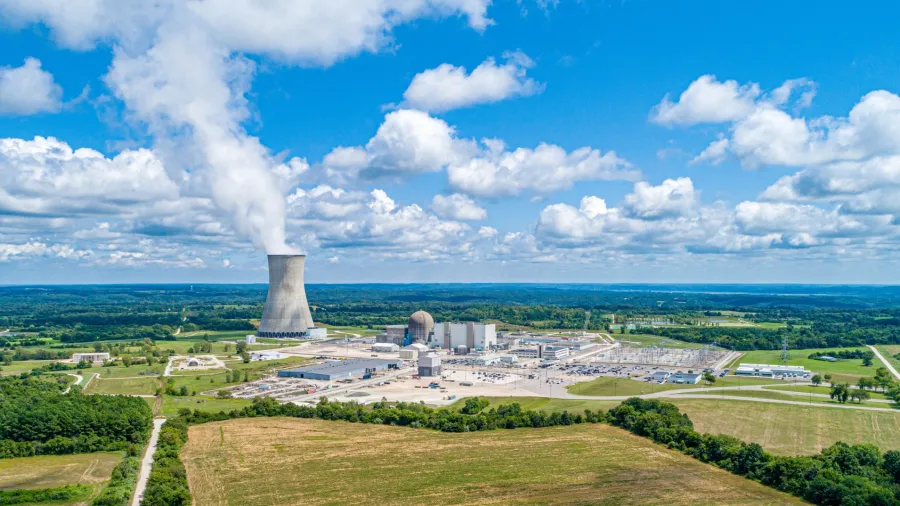
SMRs may deliver their climate promise too little, too late
As these nuclear reactors are still in development, their wide deployment is unlikely, analysts say.
With their flexibility and potential to provide uninterrupted clean power, Small Modular Reactors (SMRs) with a capacity of up to 300MWe could be a key solution to the climate crisis. However, as these nuclear reactors are mainly in development, analysts raised that SMRs might just miss the window when significant carbon emissions reduction is needed.
“In principle, SMRs could make a difference by supplying large quantities of reliable, low-carbon energy that is not intermittent. However, the problem is that they are unlikely to be deployed at a sufficiently large scale in the next 15 years, which is the period when significant reductions in carbon emissions must be made,” Philip Andrews-Speed, senior principal fellow of the Energy Studies Institute, National University of Singapore, told Asian Power.
Likewise, the International Energy Advisory Council (IEAC) pointed out that as SMRs are “largely conceptual,” this new power source might not be developed in time, adding that to date, only Russia and China have so far deployed these compact nuclear reactors.
“By the time SMRs could be available, significant progress should have been made to address the climate emergency. Even if series production were available, it would be too late to capture current market opportunities and much too late for the climate,” Mycle Schneider, IEAC founding board member and spokesperson, said.
Schneider said there are only two 30-MW floating prototypes in Russia, two 100-MW high-temperature reactors in China, and none in the West. A 25-MW reactor domestically designed in Argentina was started in 2014, but its grid connection is set to be completed in 2027; whilst a 100-MW design certified in 2012 in South Korea never found a buyer.
“The only design that received general certification in the western world is NuScale in the US, but that certification was subject to solving several technical issues. Additionally, NuScale has increased the module size twice since certification, making it questionable whether it will be operational before 2030,” Schneider said.
Last January, NuScale Power secured the US Nuclear Regulatory Commission’s (NRC) certification for its proposed SMR design. The NuScale SMR is an advanced light-water SMR with power modules that can generate 50MW of electricity. The project, which has received over US$600m in government funding since 2014, is in pursuit of decreasing carbon emissions.
Game-changing SMRs
SMRs are considered a “game-changer” as these provide the same reliable and emission-free electricity with enhanced safety features, mitigating security threats often associated with large nuclear reactors.
“When we look at large reactors in the aftermath of Fukushima, public sentiment is that they are probably not safe enough and are difficult to manage in the event of an accident. Older-generation technologies are also not deemed safe enough,” said Dr. Victor Nian, co-founder and CEO of the Centre for Strategic Energy and Resources, an independent think tank headquartered in Singapore.
“Newer generation technologies, together with small modular reactors, are now believed to be a game-changer because they are much safer compared to conventional nuclear power technologies,” Nian said.
He said whilst security issues will always be present, SMRs have the technology to manage risks better than large reactors. SMRs are also flexible as these reactors can be sited offshore.
These nuclear reactors also have a smaller footprint, unlike larger reactors that require exclusion zones in case of emergencies. Multiple SMRs may also be deployed in a single site, which eases difficulty in licensing.
As these are still in development, SMRs still cost higher, but Nian said this will likely change as the SMR market scales up and standardises. Further, the upfront commitment for SMRs is only about 30%-40% of a large reactor.
Andrews-Speed, however, raised that whilst standardisation could significantly lower the capital costs of building SMRs, compared to larger reactors, “this has yet to be demonstrated in practice.” This means that the companies that will build SMRs will need to make a large number of orders to prove their economic benefit, he said.
Schneider argued that SMRs will likely lack economies of scale, as the smaller size of these reactors does not guarantee cost-effectiveness.
“NuScale, the most advanced design in the West, increased its projected construction cost by 75% from US$5.3b to US$9.3b, with a generation cost close to US$120/MWh. This makes it more costly than the most expensive large-scale nuclear plants currently under construction in Europe and the US,” he said.
He added that in terms of waste generation, SMRs are expected to generate more spent nuclear and high-level radioactive waste per gigawatt of capacity than a standard GW pressurised water reactor.
“They would also bring about proliferation risks with the proliferation of weapons-usable nuclear knowledge, materials, and facilities,” he added.
Nian identified three ways to handle spent fuel management, at least in the Southeast Asian context. One of which is ensuring that agreements with vendors or suppliers of nuclear reactors provide for a spent fuel take-back policy or arrangement. This could protect against weaponising spent fuel.
Another way is having the region agree on establishing a common legal or regulatory framework that sets a guideline for managing radioactive waste. The framework could cover setting up a single site that will serve as potential central storage.
Lastly, Nian said countries could sign different treaties and agreement that provides for how they can manage radioactive wastes within their respective jurisdictions. However, Nian flagged a potential conflict in this last option as other territories will likely have security concerns.
Ultimately, Andrews-Speed noted that considering there are over 70 designs and a variety of underlying fuel and cooling systems, “it is still too early to assess whether SMRs will be safer than the safest large-scale reactors.”
Weighing clean energy options
In the short term, Andrews-Speed and Schneider agree that renewables are better than SMRs as these are already being manufactured and deployed on the large scale. It has also achieved cost-competitiveness as it has become more affordable for markets across Asia and Europe to build solar and wind farms as well as hybrid renewable energy projects.
“In terms of policy, the most cost-effective option for reducing greenhouse gas emissions as quickly as possible should be considered, as every dollar can only be spent once. SMRs are not currently an option and may not be available for the next two decades,” Schneider said.
“The focus should be on implementing climate-effective options that are available and cost-effective.”
Weighing both options, Nian said renewables generally have the stronger political support but pointed out SMRs and renewable energy have their fair share of disadvantages. For instance, SMRs cannot be sited in every geographical location, much like renewable energy.
Citing the case of Southeast Asia, Nian noted that not all markets in the region generate green power from hydro, whereas nuclear reactors need to be sited in an area with a certain degree of access to water.
Nian contended, however, that as SMR technology is more advanced, these nuclear reactors no longer need water as a last line of defence. SMRs have also made nuclear power more flexible as it enables siting both on land and water.
“In Southeast Asia, you have archipelagos such as Indonesia and the Philippines and large shorelines like Vietnam and Malaysia. These countries can have floating nuclear power plants,” Nian said.
SMRs would also be easier to integrate into the power grid, compared to renewables, particularly in regions such as Southeast Asia where electricity grids are smaller and more scattered. This is due to the reliability of nuclear power as it functions as a baseload power that produces electricity continually, as opposed to the intermittent and variable power generated from renewable energy sources.
“With SMRs, the demand can be stepped up continuously. Therefore, SMRs will be a lot easier to integrate into the grid than large-scale renewables, making it more feasible to have 1GW of SMRs compared to 1GW of renewables in the Asia Pacific context,” Nian said.
“In conclusion, SMRs will be a lot easier to manage in terms of integration and will provide the greatest quality electricity as compared to renewables.”


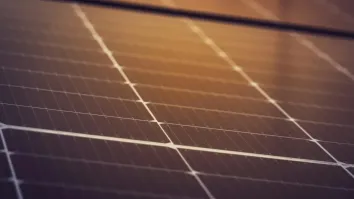
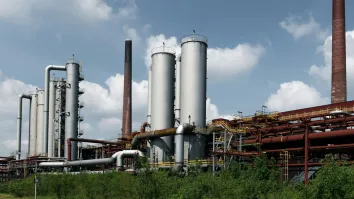
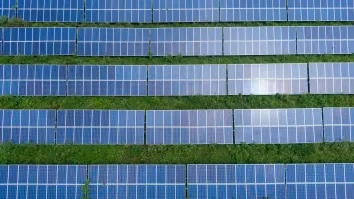
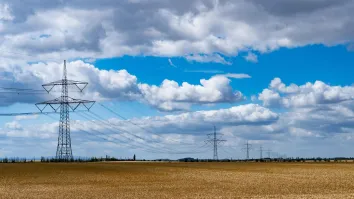













 Advertise
Advertise







